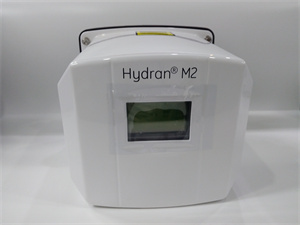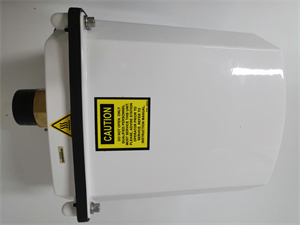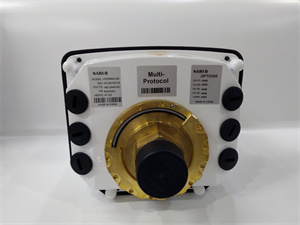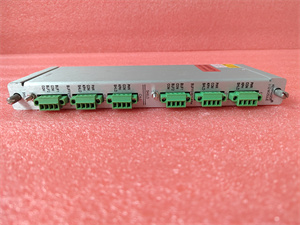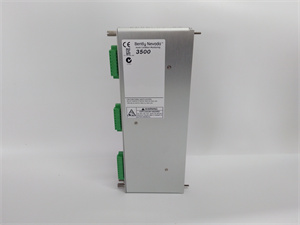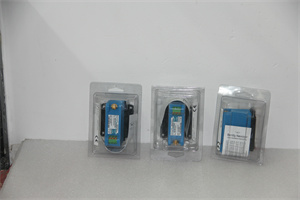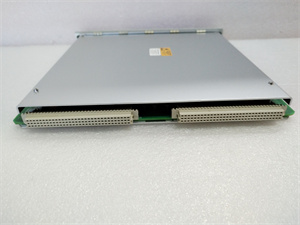Description
1. Product Description
The GE HYDRAN M2 is a compact, advanced online monitoring device designed by GE Fanuc for continuous surveillance of dissolved gases and moisture in transformer oil. Part of GE’s field-proven HYDRAN™ family of dissolved gas analysis (DGA) solutions, the HYDRAN M2 detects early signs of transformer faults (e.g., partial discharges, overheating) by monitoring hydrogen (H₂), carbon monoxide (CO), methane (CH₄), ethylene (C₂H₄), acetylene (C₂H₂), and moisture content. Its modular design supports real-time data logging, remote alerts, and integration with SCADA/DCS systems, making it ideal for medium-to-large transformers in power generation, transmission, and industrial sectors. The HYDRAN M2 ensures proactive maintenance, reducing unplanned downtime and extending transformer lifespan.
2. Product Specifications
| Parameter | Details |
|---|---|
| Model | GE HYDRAN M2 |
| Brand | GE Fanuc |
| Function | Online monitoring of dissolved gases (H₂, CO, CH₄, C₂H₄, C₂H₂) and moisture |
| Sensors | Hydrogen/composite gas (fuel cell), moisture (thin-film capacitive) |
| Measurement Range | Gas: 0–2000 ppm (H₂ equivalent); Moisture: 0–100% RH |
| Accuracy | Gas: ±10% of reading ±25 ppm; Moisture: ±2% RH |
| Communication | RS-485 (Modbus RTU), Ethernet (optional); DNP 3.0/DNP TCP protocols |
| Alarms | 5 configurable relays (gas alert/alarm, moisture alert/alarm, service alarm) |
| Power Supply | 90–264 VAC, 47–63 Hz (475 VA max) |
| Operating Temperature | -40°C to +55°C (ambient); -40°C to +105°C (oil) |
| Enclosure Rating | NEMA 4X/IP66 (dust/waterproof) |
| Dimensions | 315 × 219 × 196 mm |
| Weight | 7.5 kg (installed) |
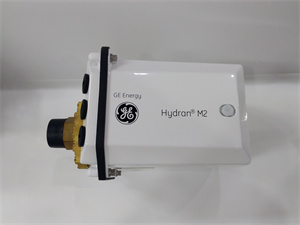
GE HYDRAN M2
3. Advantages and Features
- Real-Time Fault Detection: Monitors gas/moisture levels continuously, triggering alerts at pre-set thresholds (e.g., H₂ > 150 ppm).
- Multi-Parameter Analysis: Combines gas composition (via composite sensor) and moisture data with optional oil temperature/load inputs for holistic diagnostics.
- Long-Life Design: No moving parts or pumps; sensors last 5+ years (hydrogen sensor: 100% H₂ sensitivity, 10-minute response time).
- Easy Integration: Mounts to a single transformer valve (1.5” NPT thread); supports Modbus/DNP protocols for SCADA/DCS connectivity.
- Intelligent Algorithms: IEEE/IEC-compliant models calculate winding hot-spot temperature, insulation aging, and overload capacity.
4. Application Areas and Use Cases
Industries: Power utilities, oil & gas, manufacturing, and renewable energy.
Use Case: A utility company deployed HYDRAN M2 on 100+ transmission transformers. The system detected a 400% increase in H₂ and C₂H₂ in a 200 MVA transformer, alerting operators to a developing winding fault. Early intervention avoided a $2M replacement cost and 72 hours of downtime.
Use Case: A utility company deployed HYDRAN M2 on 100+ transmission transformers. The system detected a 400% increase in H₂ and C₂H₂ in a 200 MVA transformer, alerting operators to a developing winding fault. Early intervention avoided a $2M replacement cost and 72 hours of downtime.
5. Competitive Comparison
- Low Maintenance: No field calibration required (vs. annual calibration for traditional DGA systems).
- Faster Response: 10-minute gas response time (vs. 30+ minutes for legacy devices).
- Compact Design: 7.5 kg weight (vs. 15+ kg for comparable systems) with integrated display.
- Extended Environment: Operates in -40°C to +55°C (vs. -20°C to +50°C for standard models).
GE HYDRAN M2
6. Selection Recommendations
- Sensor Type: Choose hydrogen-only (basic) or composite gas (advanced) sensors based on fault detection needs.
- Environment: Use heat sink adapters for ambient >40°C or oil >90°C; ensure NEMA 4X rating for outdoor installations.
- Scalability: Add up to 4 I/O cards for load/temperature sensors; select Ethernet for remote monitoring.
- Compatibility: Verify Modbus/DNP 3.0 compatibility with existing monitoring systems.
7. Precautions
- Installation: Mount vertically on the transformer’s lower tank (avoid direct sunlight); use 1.5” NPT adapters for 1”/2” valves.
- Moisture Calibration: Factory-calibrated; re-calibrate every 3–5 years (per IEEE standards).
- Power Stability: Ensure voltage fluctuations <±10% to prevent sensor drift.
- Gas Sampling: Avoid installing near oil circulation pumps to prevent air entrainment.
- Software Updates: Regularly update firmware to access new diagnostic algorithms (via GE’s user interface software).

